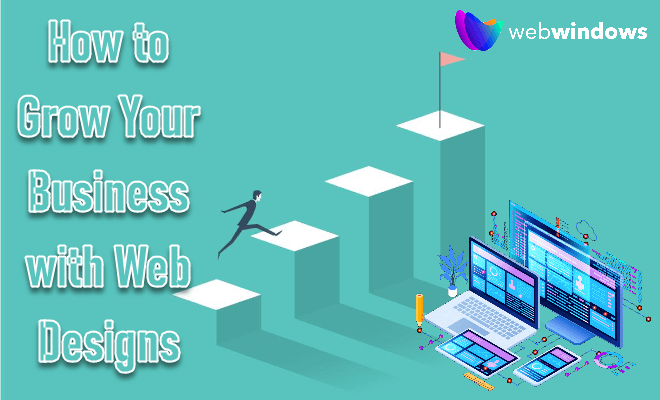Web Design refers to the layout, appearance, or style of a website. Aside from visual appeal from aesthetic aspects, web designing also includes the user interface. An interface connects the website users with the backlog, from where they can channel the information they want by clicking on it. Therefore, web design directly correlates with the accessibility of a site, and using a responsive website design significantly refines the visuals and practicality of the website.
Why Rely on a Website?
With technological innovations, there has been a surge in online businesses too. Even conventional companies based on well-established physical premises utilize online marketing to connect and grow. It is because there is a big chance that your target audience uses the internet for different purposes, several hours a day. Having a website provides access to essential information customers look for, lets them direct their queries through chat boxes, and enables you to publicize through digital marketing. If you have a start-up, blog, company, or any kind of website, excellent Website Design will help you stand out.
How Does Web Designing Work?
Humans are biologically in tune with the colors and shades in their surroundings, and web designing utilizes this understanding of the human psyche. For instance, when you see a beautiful work of art with a specific arrangement or free flow of colors, you find it intriguing. Similarly, an excellent web design efficiently captures the audience’s attention and makes sure they stick around. It resembles a building’s architecture in the way it operates because it conveys certain vibes and energy to people.
If you use an outdated design or copy it from somewhere, like using the Pantone blue shade of Facebook, it would not reduce a positive response. Contrastingly, if you hire a designer to transform your ideas and use creative techniques like 3D rendering and abstract art, the end-product would be a cool and enticing one. It is why web design can have a considerable influence on the traffic you generate, the sales you complete, and the revenue you earn.
How Important is Responsiveness?
Imagine an exciting website that looks beautiful with its themes and complementary colors, except when you land on it; it takes forever to load. There is no contact information or chatbox, so your questions remain unanswered. A search box is missing, and you have to look for everything manually. Would you want to continue navigating the site? No sensible person would. Hence, thinking like a customer can help you accomplish your goals in the responsiveness to a design.
A responsive site is multi-dimensional and not set in stone because it orients itself according to different factors. Whether you use it on a PC, tablet, or personal mobile phone, it is equally pleasing. Its features like scripting, grids, and image resolutions are flexible because designers use the smartest software to bring it to life. It caters to an entire range of screen sizes and has fluid layouts. It will surely keep your customers engaged by improving their experience.




